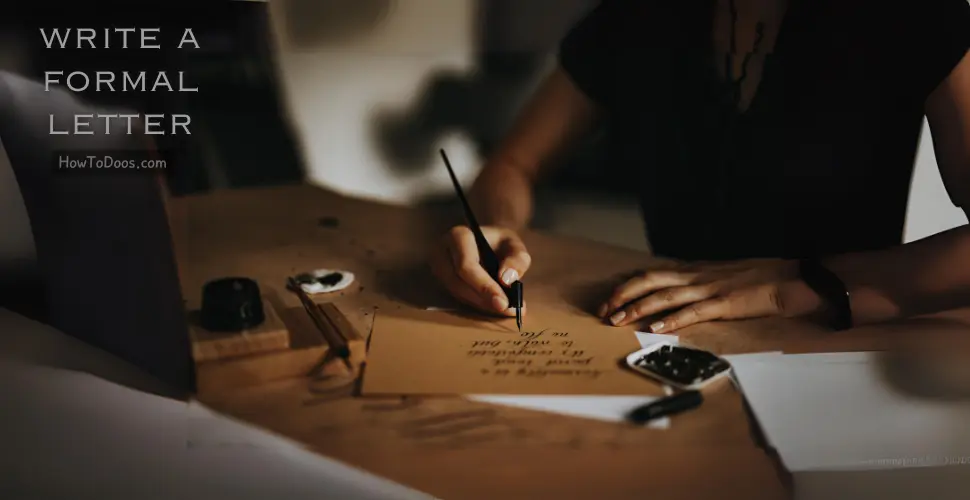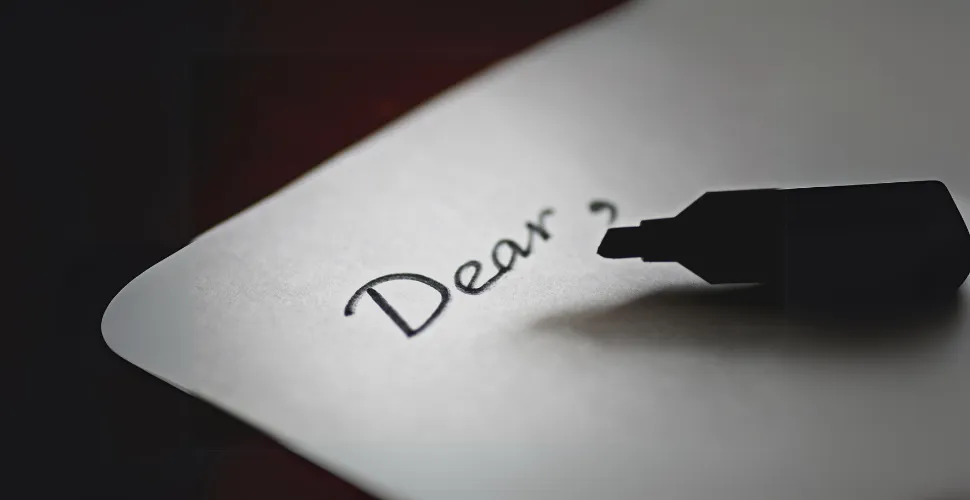How to Write a Formal Letter – A Comprehensive Guide to Professional Correspondence
-
 Nvery & Tina Collins
Nvery & Tina Collins - 11 Jul, 2024

Writing a formal letter is a fundamental skill in both personal and professional life. Whether you’re applying for a job, writing a business inquiry, or sending a thank-you note, understanding how to craft a formal letter correctly is crucial. This guide will walk you through the process step-by-step.

What is a Formal Letter?
A formal letter is a written communication used for professional or official purposes. It follows a specific structure and tone, making it suitable for business correspondence, job applications, official requests, and other formal interactions.
Why Write a Formal Letter?
- Professionalism: Demonstrates respect and professionalism in communication.
- Clarity: Ensures the message is clear and understood.
- Record Keeping: Provides a written record of the communication.
Steps to Write a Formal Letter
Step 1: Understand the Structure
A formal letter typically includes the following sections:
- Sender’s Address: The sender’s address is written at the top right corner of the letter.
- Date: The date is written below the sender’s address.
- Recipient’s Address: The recipient’s address is written on the left side below the date.
- Salutation: A polite greeting to the recipient.
- Body: The main content of the letter, usually divided into paragraphs.
- Closing: A polite closing phrase.
- Signature: The sender’s signature and printed name.
Step 2: Start with the Sender’s Address
Include your full address and contact information. This ensures the recipient knows who the letter is from and how to contact you.
Step 3: Add the Date
Write the date on which the letter is being written. Use a formal date format, such as “10th July 2024”.
Step 4: Include the Recipient’s Address
Write the recipient’s full address, including the company name if applicable. This helps in directing the letter to the correct person or department.
Step 5: Write the Salutation
Use a formal greeting, such as “Dear Mr. Smith,” or “Dear Ms. Johnson,“. If you don’t know the recipient’s name, you can use “Dear Sir/Madam,“.
Step 6: Craft the Body

Divide the body of the letter into clear paragraphs:
- Introduction: State the purpose of the letter.
- Main Content: Provide details, explanations, or requests.
- Conclusion: Summarize the main points and state any expected actions or responses.
Step 7: Use a Polite Closing
End the letter with a polite closing phrase such as “Yours sincerely,” or “Yours faithfully,“.
Step 8: Sign the Letter
Sign your name below the closing phrase and print your name below the signature.
Tips for Writing a Formal Letter
- Be Concise: Keep your message clear and to the point.
- Use Formal Language: Avoid slang and informal expressions.
- Proofread: Check for spelling and grammar errors before sending.
- Use a Professional Tone: Maintain a respectful and courteous tone throughout the letter.
Example of a Formal Letter

Summary
Writing a formal letter involves understanding the structure, using formal language, and maintaining a professional tone. By following these steps and tips, you can craft effective and professional correspondence for any formal occasion. Whether it’s for a job application, business inquiry, or official request, a well-written formal letter can make a significant impact.

